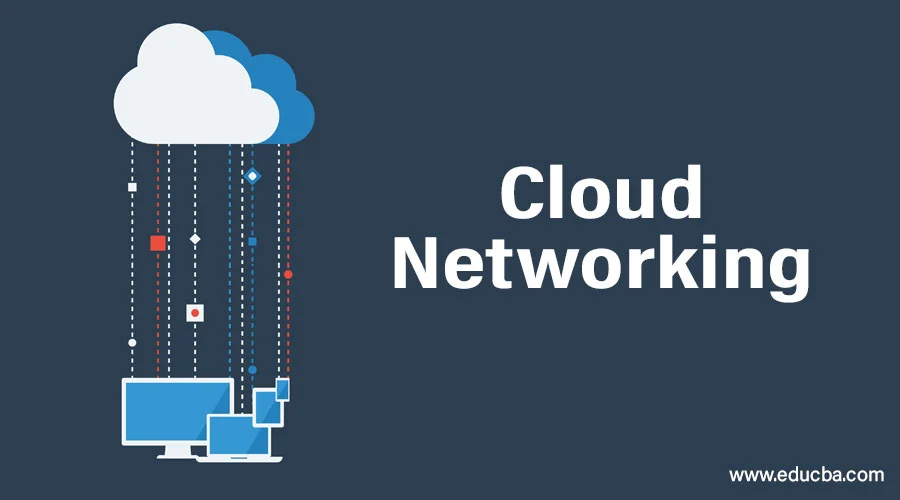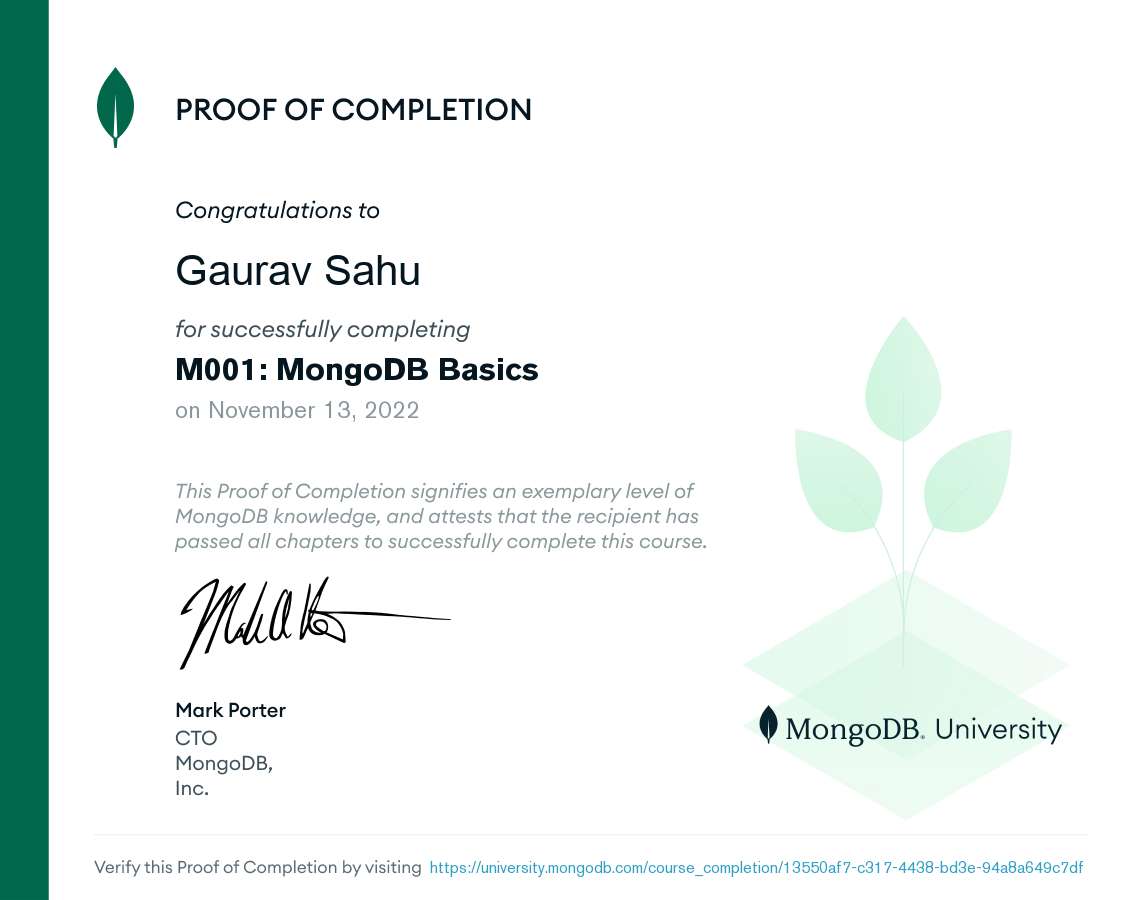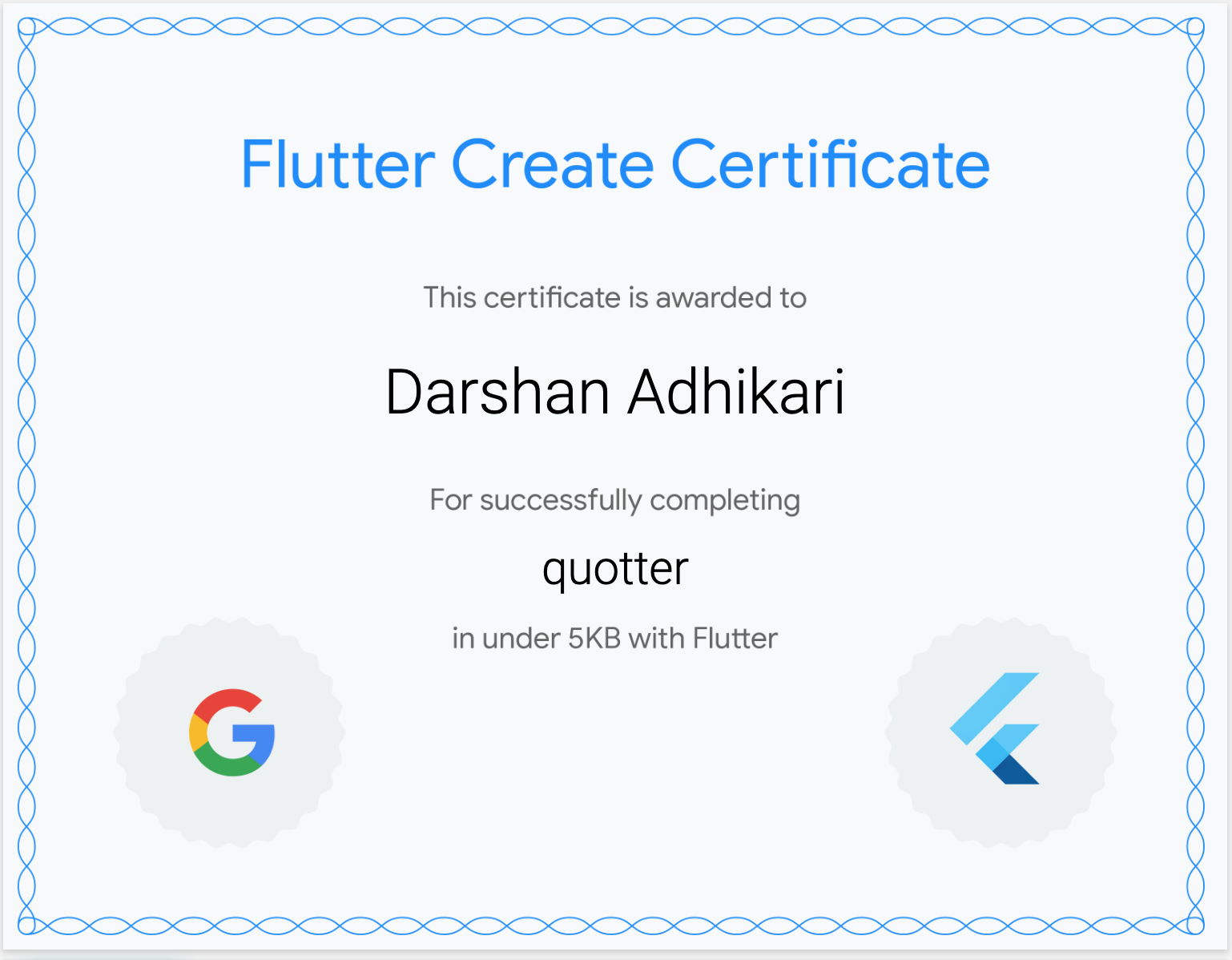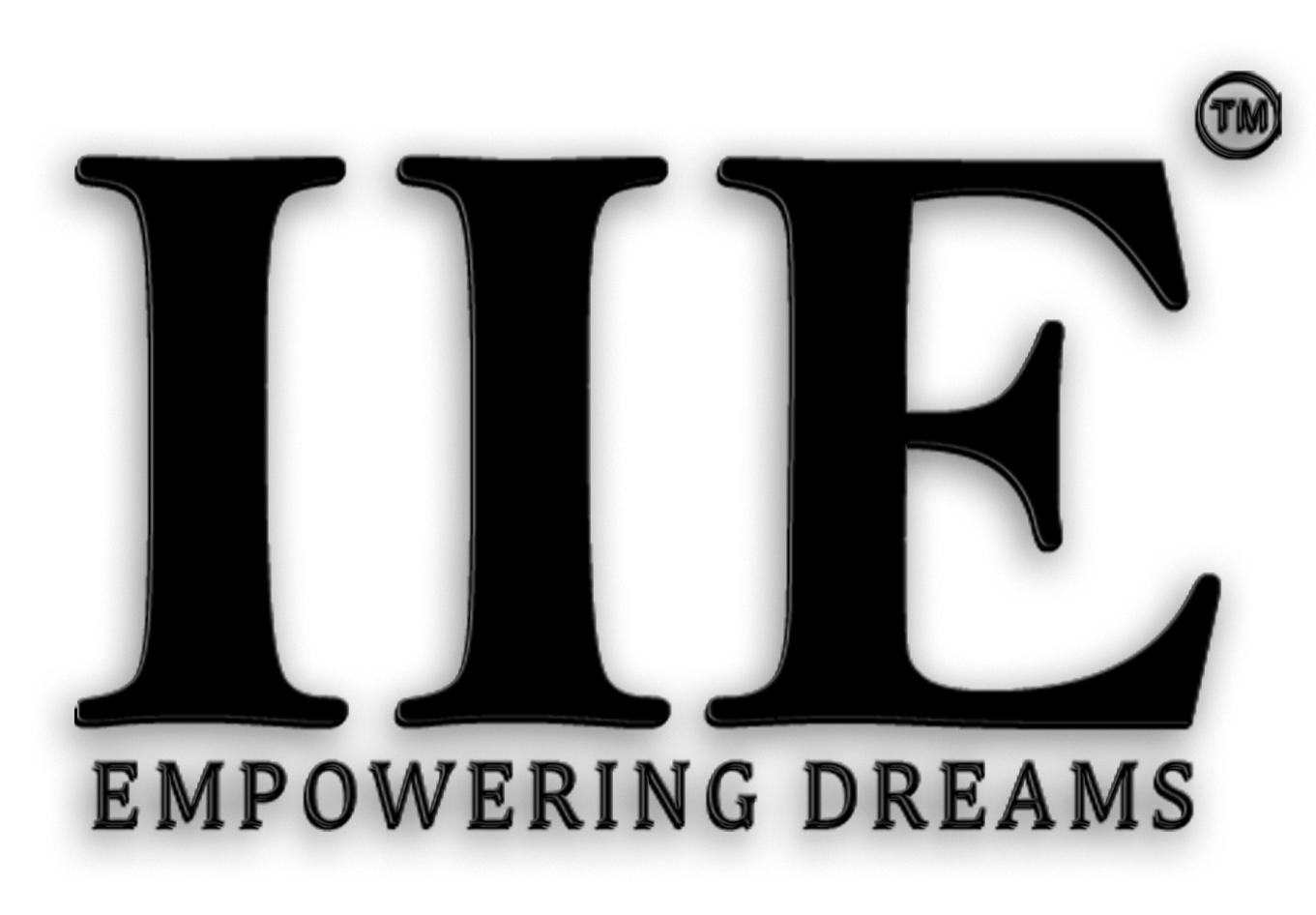
SNE + CLOUD & DEVOPS
What you'll learn
- Master essential Linux commands, user management, and service configuration. Learn to secure, optimize, and automate Red Hat-based systems for enterprise environments.
- Streamline your IT tasks by writing playbooks and managing infrastructure as code. Gain hands-on experience automating system configurations and deployments.
- Understand how to deploy and manage services like EC2, S3, and RDS. Build scalable and secure infrastructure using real-world AWS scenarios.
- Configure VPCs, firewalls, and secure SSH access across both Linux servers and AWS. Learn best practices for identity management and data protection.
- Apply your skills to deploy Linux-based applications in the cloud. Work on live simulations integrating RHCE and AWS tools for end-to-end project management.
Learning Objectives
- SNE + CLOUD
Course content
- 53 Modules
- 53 Sessions
- 4.5 Months Duration
INSTALLING AND CONFIGURING HARDWARE
Internal, & External Devices. Installing and Configuring Peripheral Devices.
MAINTENANCE AND TROUBLESHOOTING
Preventive Maintenance and Safety Procedures. Managing Replaceable Components. Troubleshooting Procedures and Guidelines.
OPERATING SYSTEM BASICS
Operating System Functions. Major System Files and their Purpose. Managing Files and Directories. Managing Disks.
INSTALLING AND CONFIGURING OPERATING SYSTEM
Installing and Upgrading Windows. Boot Sequences and Methods. Loading and Configuring Device Drivers. Working with Applications.
TROUBLESHOOTING OPERATING SYSTEMS
Managing Error Codes and Start-up Messages. Managing Common Problems. Windows-Based Utilities
NETWORKING FUNDAMENTALS
Networking devices, Type of Networks, Topology, Cables Types of LAN cables & colour coding Networking Protocols Virtualization fundamentals ,Addressing (Ipv4 & IPV6) Sub Netting (FLSM and VLSM)
NETWORK ACCESS
VLAN, Interswitch connectivity CDP,LLDP and Ether channel (LACP) STP and RapidPVST+ Wireless Architecture and AP modes WLC management access Connections (Telnet, SSH etc)
IP CONNECTIVITY
Cisco hierarchical designs Cisco internal &external components of routers Router Boot Sequence and modes of router Router Security Routing (Static, Default and OSPV2) Cisco IOS Backup & Recovery Purpose of FHRP
IP SERVICES
Cisco hierarchical designs Cisco internal &external components of routers Router Boot Sequence and modes of router Router Security Routing (Static, Default and OSPV2) Cisco IOS Backup & Recovery Purpose of FHRP
IP SERVICES
Configuration of NAT, NTP, DHCP and DNS Configuration SNMP, Syslog, DHCP Relay, SSH, TFTP/FTP
SECURITY FUNDAMENTALS
Security Concepts and Program Elements Configuration of VPN, ACL DHCP snooping and Port Security AAA concepts, Wireless Security Protocols
AUTOMATION AND PROGRAMMABILITY
Traditional networks management Network automation and uses of Automation Methods SDN, REST-based APIs Puppet, Chef, Ansible, Interpret JSON encoded data
GET STARTED WITH RED HAT ENTERPRISE LINUX
Describe and define open source, Linux distributions, and Red Hat Enterprise Linux.
ACCESS THE COMMAND LINE
Log into a Linux system and run simple commands using the shell.
MANAGE FILES FROM THE COMMAND LINE
Copy, move, create, delete, and organize files while working from the bash shell.
GET HELP IN RED HAT ENTERPRISE LINUX
Resolve problems by using local help systems.
CREATE, VIEW, AND EDIT TEXT FILES
Manage text files from command output or in a text editor.
MANAGE LOCAL USERS AND GROUPS
Create, manage, and delete local users and groups, as well as administer local password policies.
CONTROL ACCESS TO FILES
Set Linux file system permissions on files and interpret the security effects of different permission settings.
MONITOR AND MANAGE LINUX PROCESSES
Evaluate and control processes running on a Red Hat Enterprise Linux system.
CONTROL SERVICES AND DAEMONS
Control and monitor network services and system daemons using systemd.
CONFIGURE AND SECURE SSH
Configure secure command line service on remote systems, using OpenSSH.
ANALYZE AND STORE LOGS
Locate and accurately interpret logs of system events for troubleshooting purposes.
MANAGE NETWORKING
Configure network interfaces and settings on Red Hat Enterprise Linux servers.
ARCHIVE AND TRANSFER FILES
Archive and copy files from one system to another.
INSTALL AND UPDATE SOFTWARE
Download, install, update, and manage software packages from Red Hat and yum package repositories.
ACCESS LINUX FILES SYSTEMS
Access, inspect, and use existing file systems on storage attached to a Linux server
INSTALL AND UPDATE SOFTWARE
Download, install, update, and manage software packages from Red Hat and yum package repositories.
ACCESS LINUX FILES SYSTEMS
Access, inspect, and use existing file systems on storage attached to a Linux server. To track and manage the process in the particular linux machines
CONTROL SERVICES AND DEMONS
Controlling and monitoring the services of the system Masking and un-masking services To mask(start or stop) the services particularly. To check the services are running properly.
ANALYZE AND STORING LOGS
Analyze the actions done by the particular users on the linux systems
IMPROVE COMMAND LINE PRODUCTIVITY
Run commands more efficiently by using advanced features of the Bash shell, shell scripts, and various utilities provided by Red Hat Enterprise Linux.
SCHEDULE FUTURE TASKS
Schedule commands to run in the future, either one time or on a repeating schedule. Tune system performance Improve system performance by setting tuning parameters and adjusting scheduling priority of processes.
CONTROL ACCESS TO FILES WITH ACLS
Interpret and set access control lists (ACLs) on files to handle situations requiring complex user and group access permissions
AWS CERTIFIED SOLUTIONS ARCHITECT – ASSOCIATE (SAA-C03)
Introduction to Cloud Computing and AWS What is Cloud Computing? Cloud Deployment Model, Service Model and Best Cloud Computing Vendors AWS Overview, Creating an AWS Account, Free Tier Usage, Billing Budget Setup.
TROUBLESHOOT ANSIBLE
Troubleshoot playbooks and managed hosts.
DESIGN SECURE ARCHITECTURES (30%)
AWS IAM (Identity and Access Management) AWS SSO (Single sign on), AWS MFA (Multifactor Authentication) AWS STS (Security Token Service) AWS SCP (Security Control Policies) AWS Cognito, AWS Guard Duty AWS Secret Manager,AWS WAF and Shield AWS Direct Connect, AWS KMS(Key Management Service) AWS Certificate Manager (ACM)
DESIGN RESILIENT ARCHITECTURES ( 26%)
AWS API Gateway-REST API AWS Transfer Family
AWS SQS(SIMPLE QUEUE SERVICE)
CDN(Content Delivery Network), Application Load Balancer AWS Fargate, AWS Lambda AWS ECS(Elastic Container Service) AWS EKS (Elastic Kubernets Service) AWS Step Functions,AWS Route 53 AWS Backup,AWS RDS proxy,AWS X-Ray
DESIGN COST-OPTIMIZED ARCHITECTURES(20%)
Cost Management Tools-AWS Cost Explorer,AWS Budgets, AWS cost and Usage report
DEVOPS INTRODUCTION
Define Devops , What is Devops ,SDLC models,Lean,Agile , Why Devops? , History of Devops ,Devops Stakeholders , Devops Goals, Important terminology ,Devops perspective Devops and Agile , Devops Tools,Configuration management,Continuous Integration, Continuous Deployment and Continuous Delivery
GIT: VERSION CONTROL & ESSENTIALS
Version control systems, Local, Centralized and distributed, Installing Git on Linux & on Windows Creating repository ,Cloning, check-in and committing , Fetch pull and remote ,Branching
JENKINS – CONTINUOUS INTEGRATION
Introduction to Jenkins, CI/CD Concepts, Continuous Integration and Continuous Delivery
INSTALLING AND CONFIGURING JENKINS
Jenkins Install, The Dashboard ,User Management and Security , Adding a Jenkins Slave, Setting Up GitHub , Plugin Manager
CONTINUOUS TESTING WITH SELENIUM
Introduction to Selenium,Why Selenium? ,Selenium – Webdriver , Creating Test Cases in Selenium WebDriver (Waits) What and why X-Path , Handling different controls on Webpage , Framework in Selenium, Selenium Integration with Jenkins,Implementation of Selenium in the Project
NAGIOS: MONITORING
Introduction, Configuring Our Server,Configuring Nagios Core ,Nagios: The Basics – I Plugins,Checks Hosts, Host Objects, and Host Definitions Macros , Services, Service Objects, and Service Definitions , Commands, Command Objects,and Command Definitions, timeperiods and Time period Definitions , Contacts, Contact Objects, and Contact Definitions Notifications , Verifying Our Configuration and Starting Nagios,Configuring Apache, Authoring Groups , Templates , Adding Remote Hosts , Monitoring Remote Hosts via Publicly Available Ports ,Installing the Nagios Remote Plugin Executor Exercise: Adding a Remote Host,Exercise: Installing the Nagios Remote
PLUGIN EXECUTOR
Nagios: The Basics – II, Active Checks Using NRPE , Passive Checks Ansible
INTRODUCTION TO ANSIBLE
Ansible Agentless Architecture, Installation, Ansible Inventories, Ansible Modules, Ansible Playbook
CONTAINERIZATION USING KUBERNETES
Revisiting Kubernets Cluster Architecture , Spinning up a Kubernets Cluster on Ubuntu VMs , Exploring your Cluster , Understanding YAML ,Creating a Deployment in Kubernetes using YAML , Creating a Service in Kubernetes Installing Kubernetes Dashboard , Deploying an App using Dashboard , Using Rolling Updates in Kubernetes,Containers and Container Orchestration ,Introduction to Kubernetes
DOCKER– CONTAINERS
Introduction of Docker ,What is a Docker ,Use case of Docker , Platforms for Docker ,Dockers vs Virtualization
ARCHITECTURE
Docker Architecture, Important Docker components, Understanding the Docker components Installation
INSTALLING DOCKER ON LINUX
Understanding Installation of Docker on Windows, Some Docker commands
PROVISIONING
Docker Hub, Downloading Docker images, Running Docker images, Running commands in the container, Running multiple containers
CUSTOM IMAGES
Creating a custom image, running a container from the custom image, and publishing the custom image.
DOCKER NETWORKING
Accessing containers, Linking containers, Exposing container ports, Container Routing
Description
SNE+Cloud combines the latest version of A+, N+, CCNA(R&S) 200-301, RHCE & AWS Certification. There is no prerequisite for taking up the CCNA Training; however a fundamental Knowledge of IP, basic switches and routers would be added advantage. Organizations need individuals with cloud skills to help transform their business. Red Hat Enterprise Linux Automation with Ansible teaches the skills needed to manage large numbers of systems and applications efficiently and consistently. DevOps-“development” and “operations” is the combination of practices and tools designed to increase an organization’s ability to deliver applications and services faster than traditional software development processes. This speed enables organizations to better serve their customers and compete more effectively in the market.
Mapped Certificate

Google Flutter Certification
via Google Developer's Certification Program

MongoDB University
For Flutter + Firebase integration
EXCELLENTTrustindex verifies that the original source of the review is Google. I am completed with python with data analytics course in IIE It's for good teaching best experience for placement training so I will like for Indra institute of education in Gandhipuram branch.Trustindex verifies that the original source of the review is Google. I have completed the data analytics course . The mentor was friendly to approach and they taught us all the concepts well and it was useful.Trustindex verifies that the original source of the review is Google. GoodTrustindex verifies that the original source of the review is Google. great place to study ccna ..sindhu mam really helped me a lot to finish my ccna courseTrustindex verifies that the original source of the review is Google. Successfully completed in networking and cloud course.thanks to iie teamsTrustindex verifies that the original source of the review is Google. Best institute in coimbatoreTrustindex verifies that the original source of the review is Google. Best training institute in coimbatoreTrustindex verifies that the original source of the review is Google. Best place to learn Data science and Machine Learning..Thanks IIE teamTrustindex verifies that the original source of the review is Google. Best place to learn data science in Coimbatore..Thanks IIE teamTrustindex verifies that the original source of the review is Google. I'm the student of indra institution in coimbatore. Here, to gave a well traning and good teaching of all students. Now , I'm placement to company. Thank you all
Lectures
53 Modules with Certificates
Duration
4.5 Month
Language
English, Tamil
Mode
Online, Offline
Learn Smarter, Not Hearder
Enjoyable Learning
Experience Awiat You
Our courses are taught by experienced professionals and subject matter experts who are passionate.
10,000
Daily Active Users
60%
Courses Enrollment Rate

4.7
Ratings
by 12 Learners
Frequently Asked Questions
Got Questions? We've Got Answers!
Why should I learn SNE + CLOUD & DEVOPSalong with RHCE?
SNE (Server & Network Engineering) with Cloud + DevOps and RHCE (Red Hat Certified Engineer) is actually a powerful combo, especially for roles like Cloud Engineer, System Admin, or DevOps Engineer. Here’s why this stack is so valuable:
Lets find your Perfect online courses today!
Empower Yourself with Expert-Lead Learning Anytime, Anywhere




